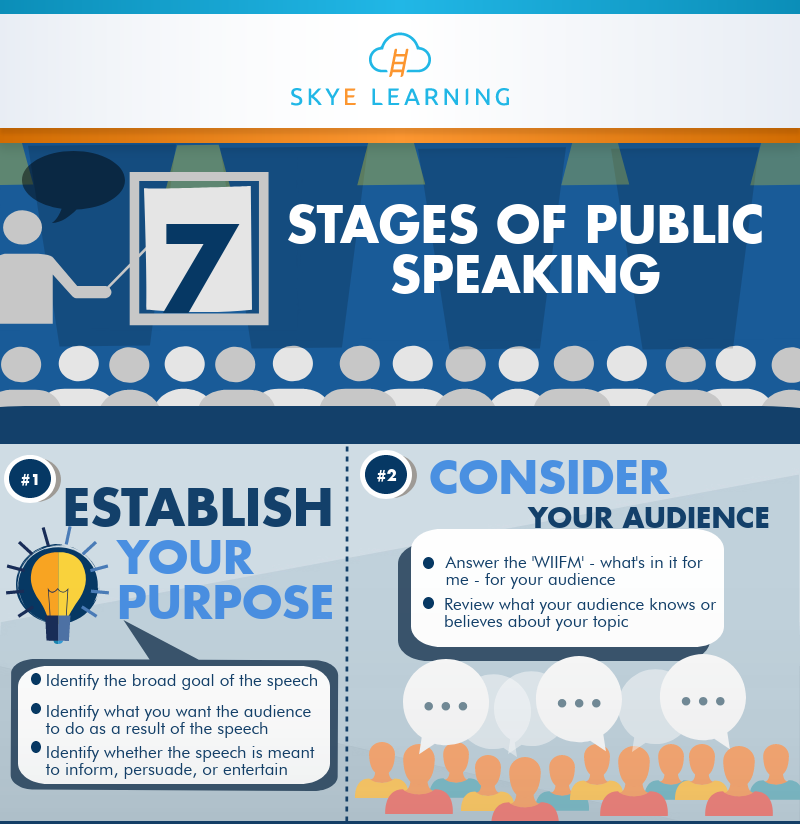You’ve spent weeks preparing for your presentation, and the day’s finally here.
You’re running on two hours of sleep and three cups of coffee. As you look out into the audience, you notice all eyes are on you. Suddenly, your hands start shaking, your mouth goes dry, and you forget everything you’ve prepared.
Have you experienced a situation like this? Maybe you didn’t forget everything, but the stress leading up to the big presentation took a toll on your confidence and your mental health. Sometimes, the preparation can be even more daunting than the presentation itself.







.png)
.png)





